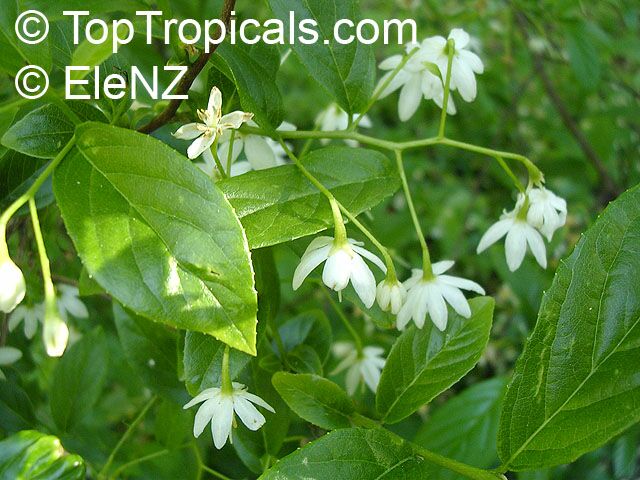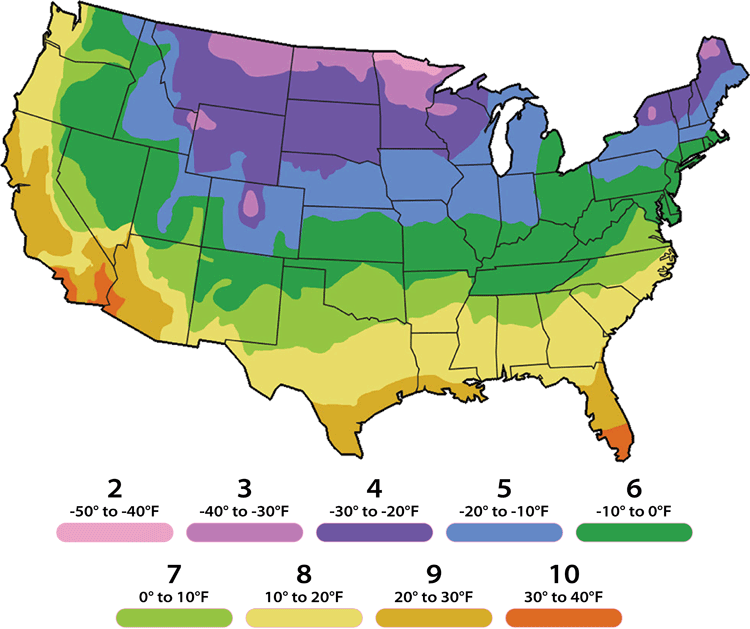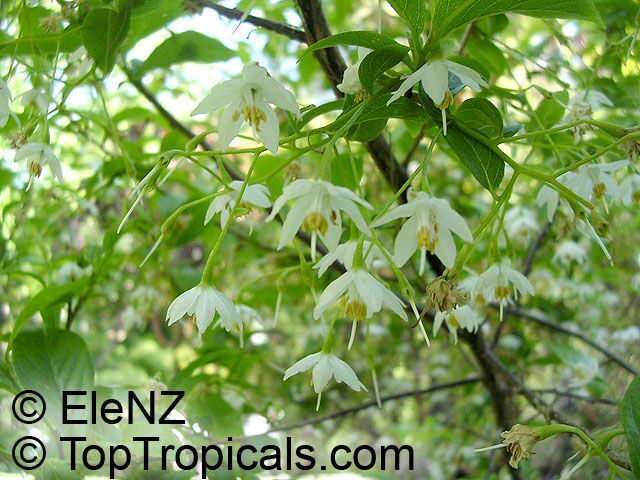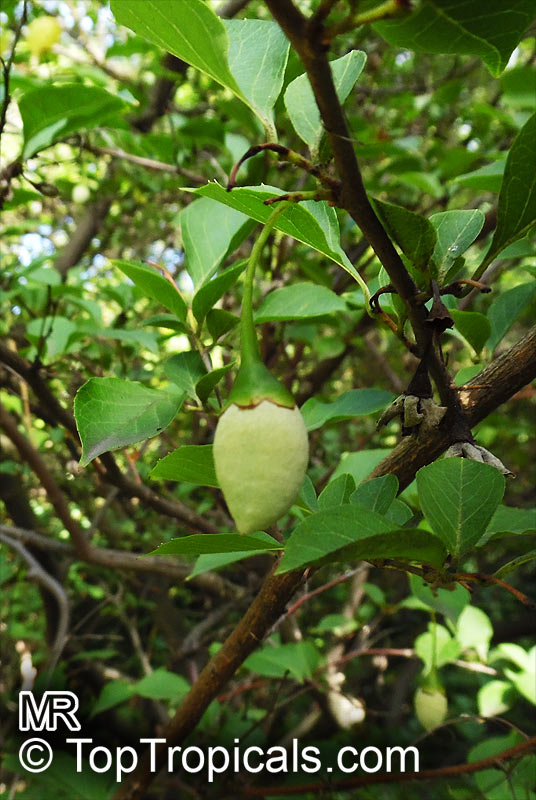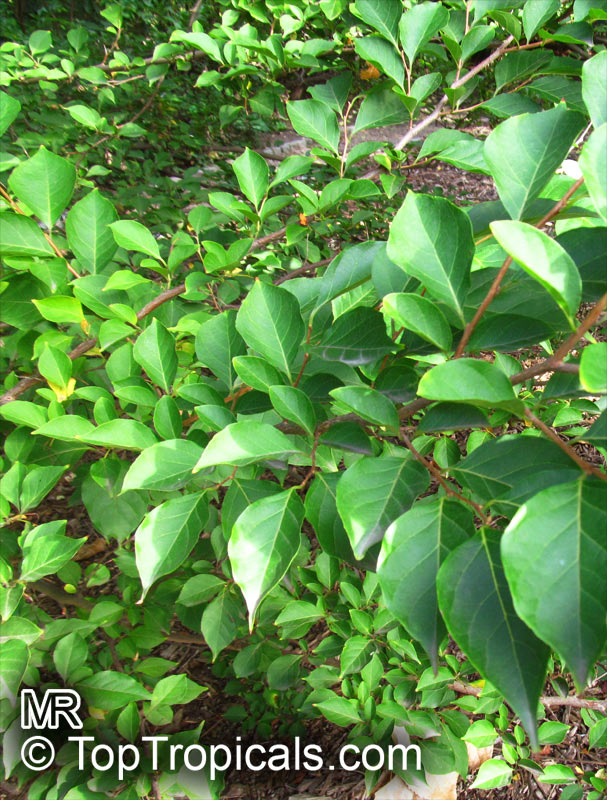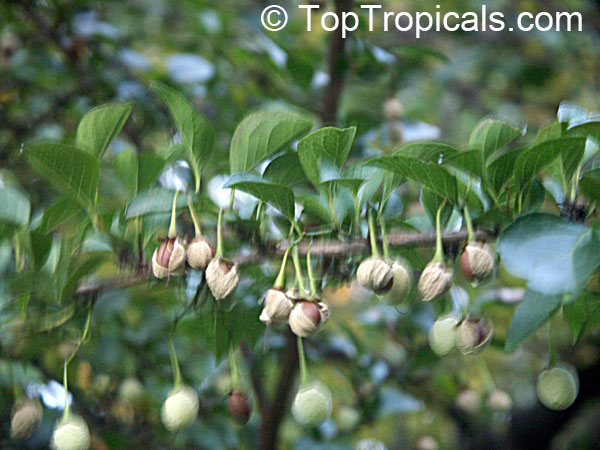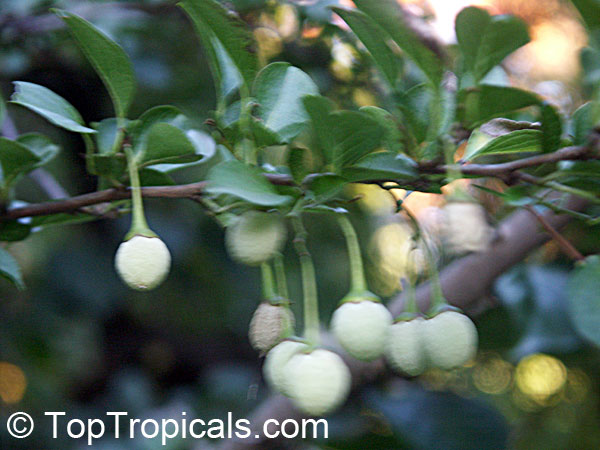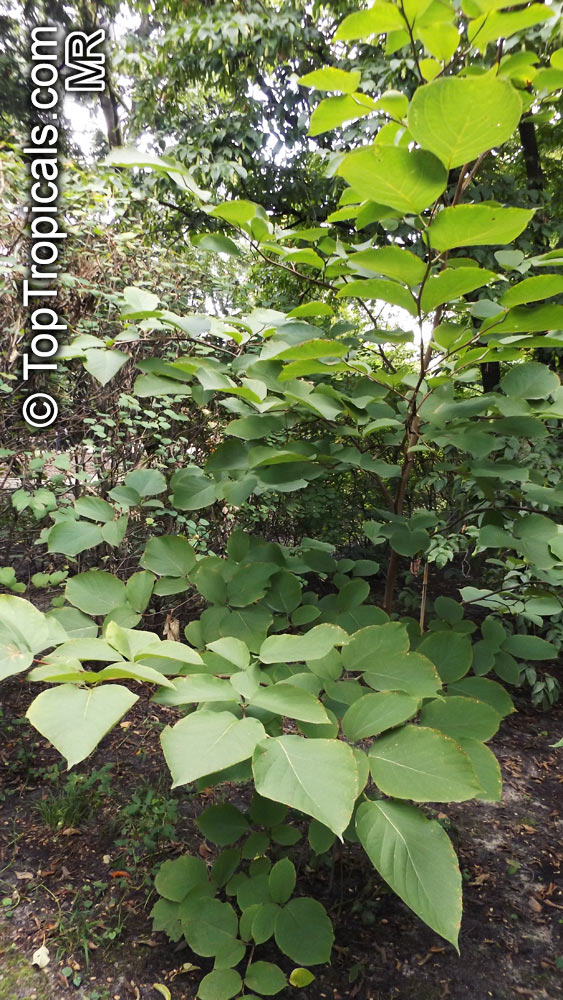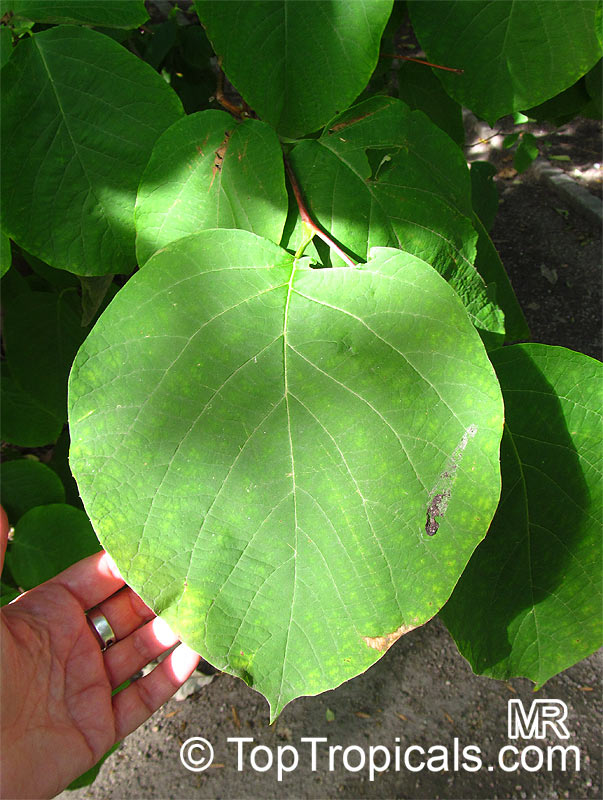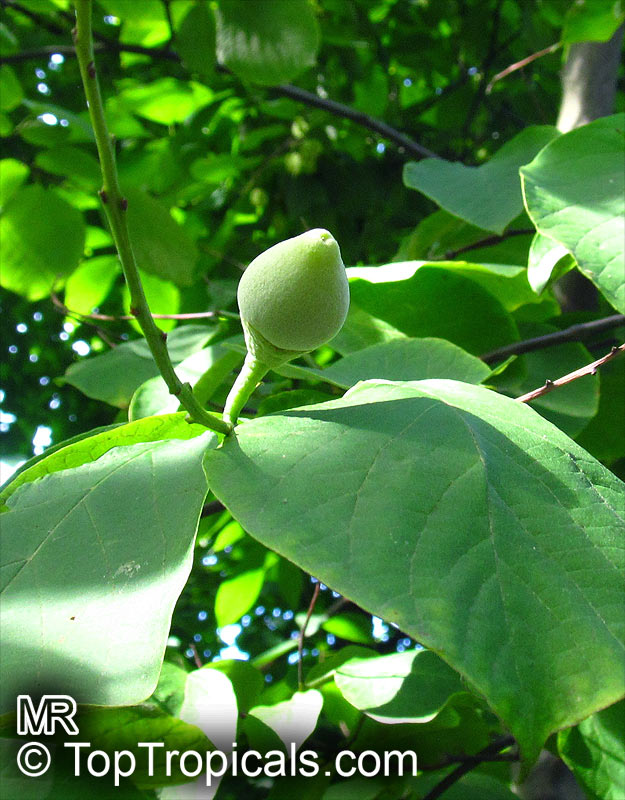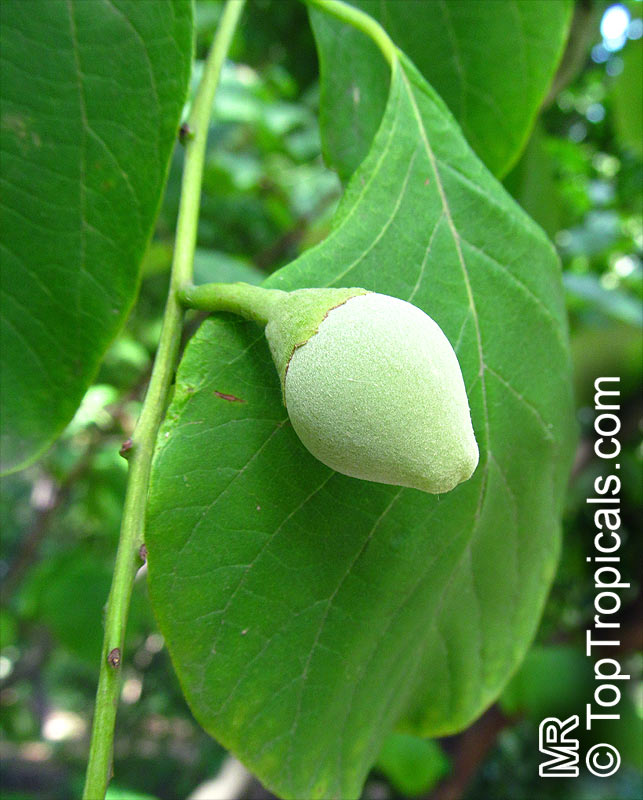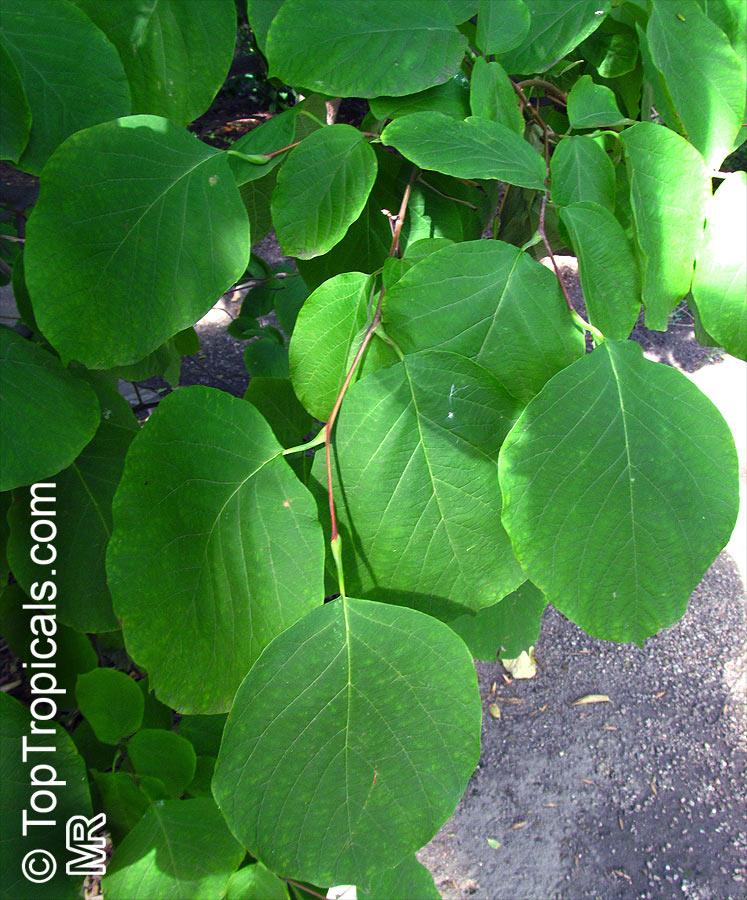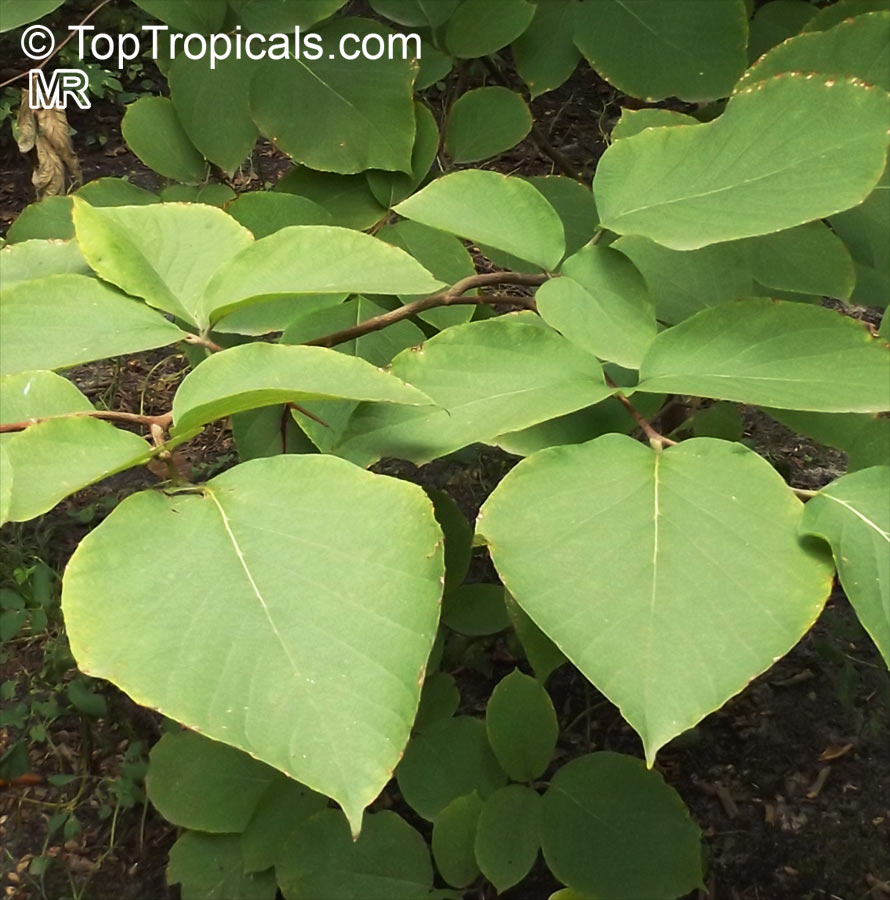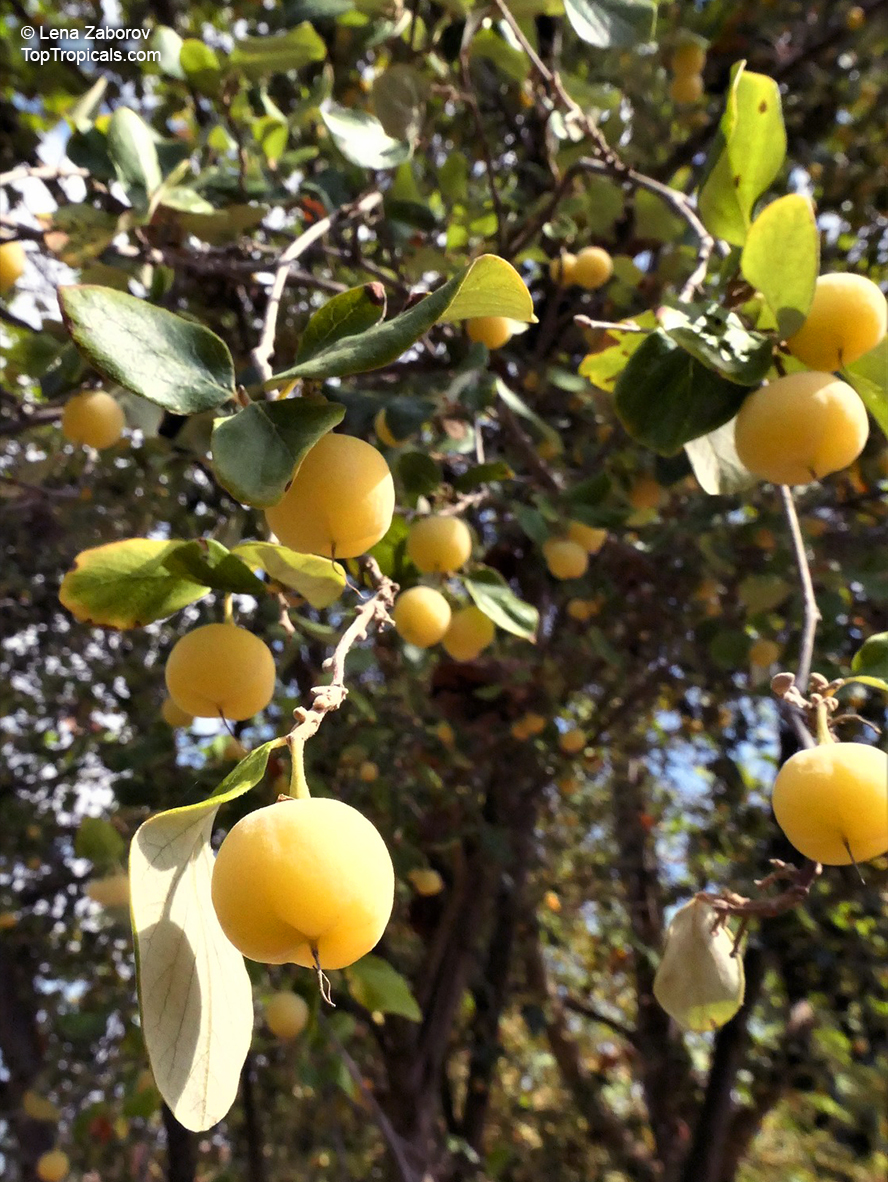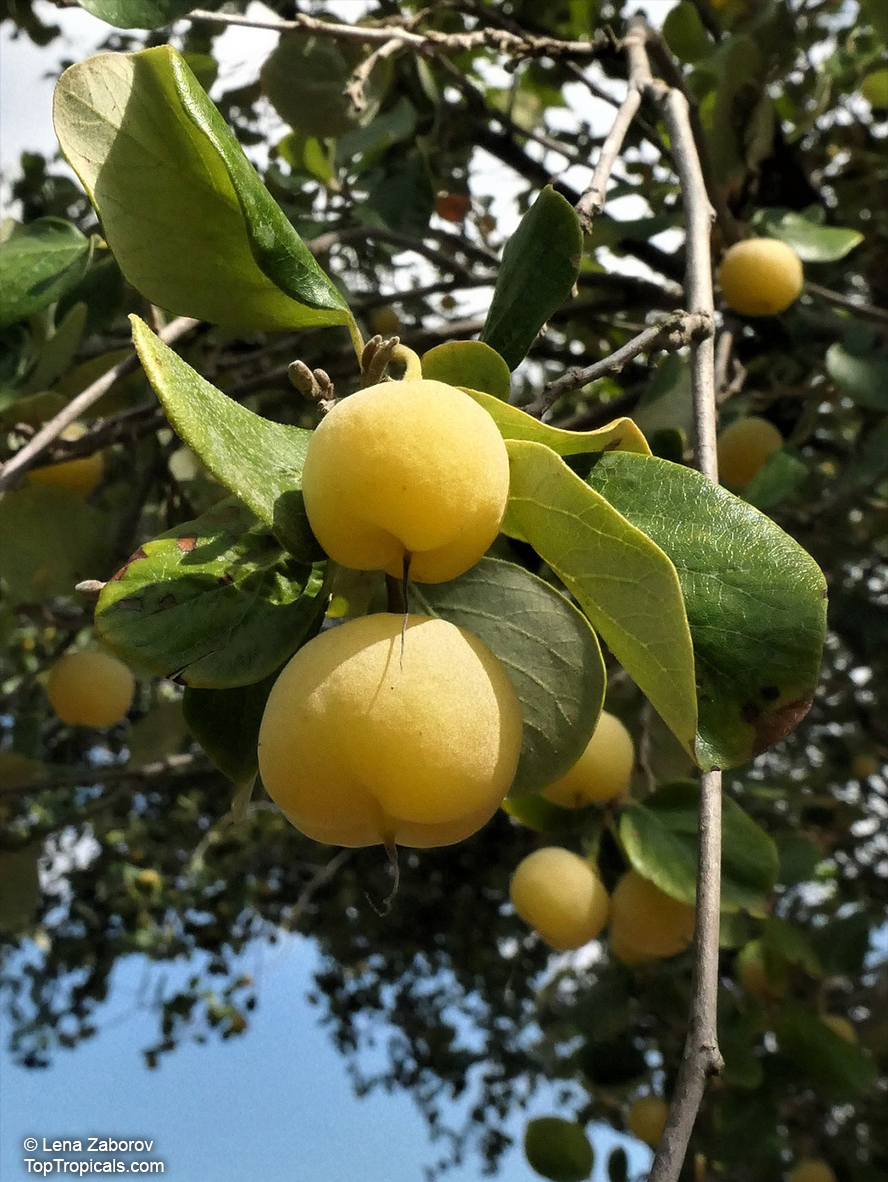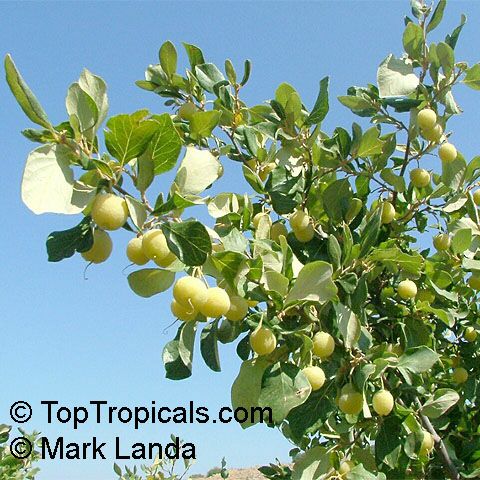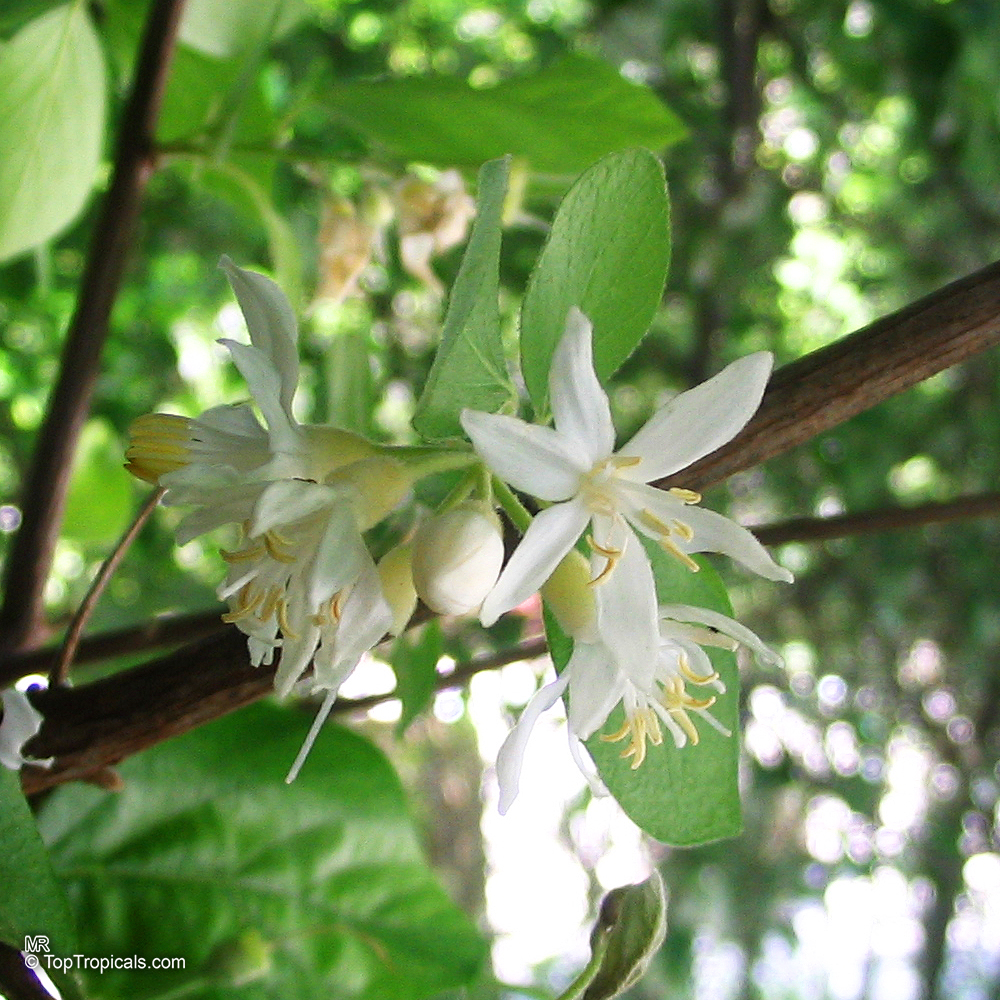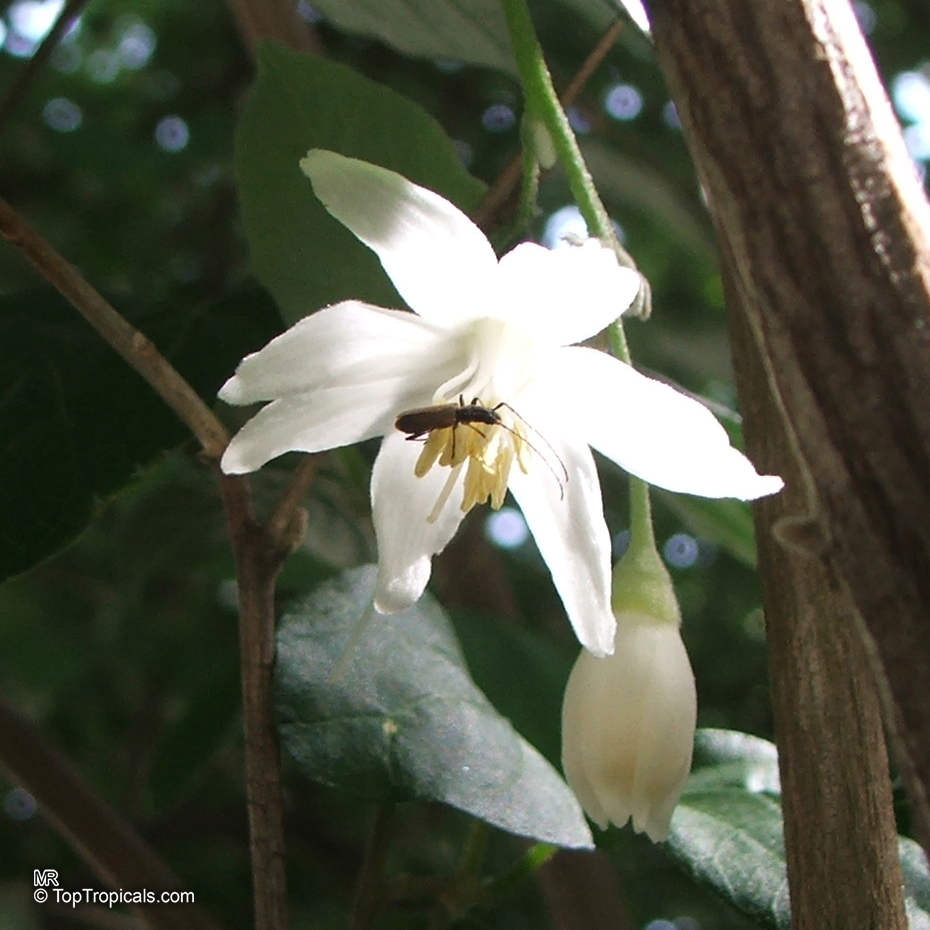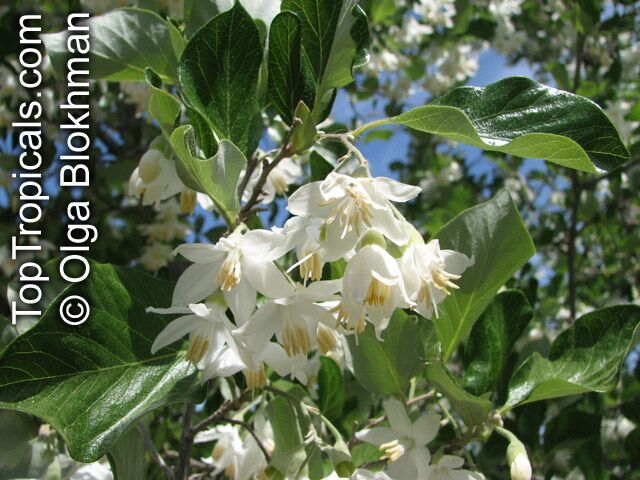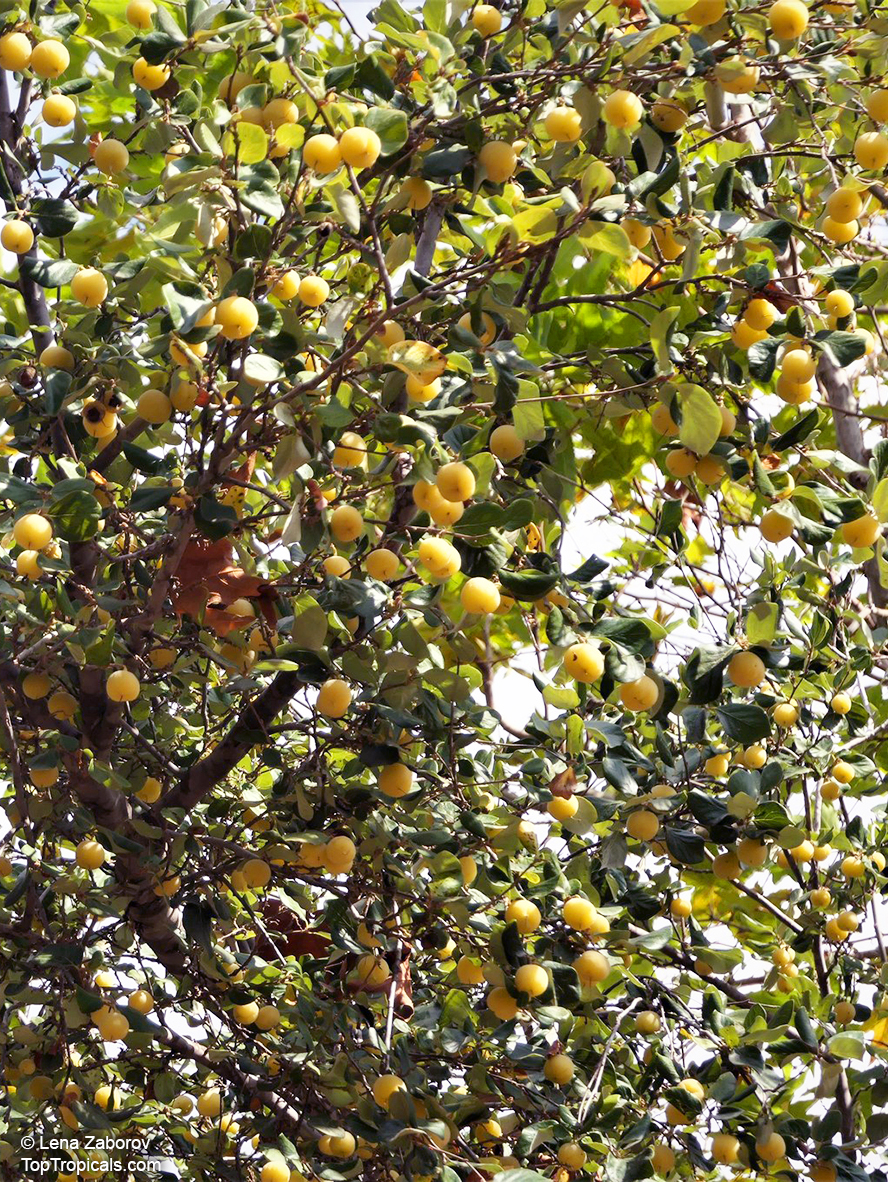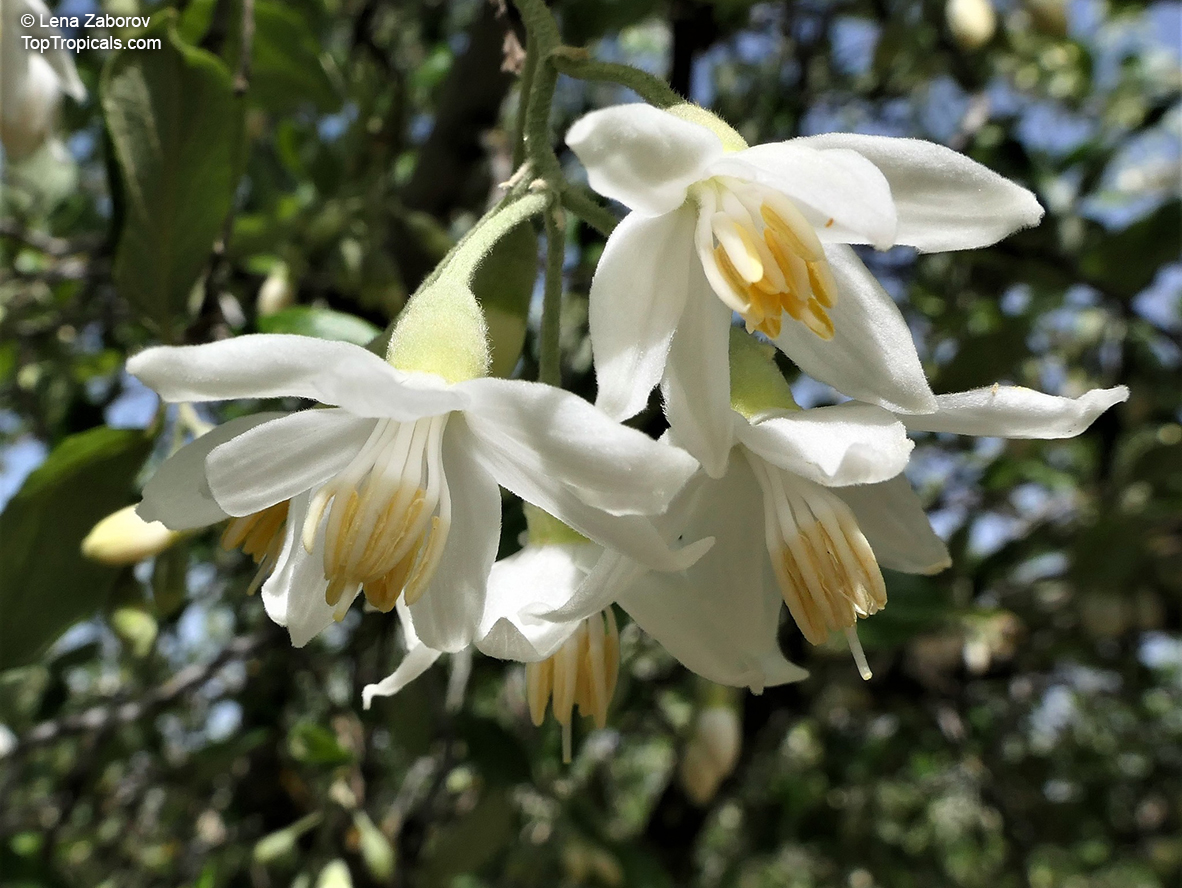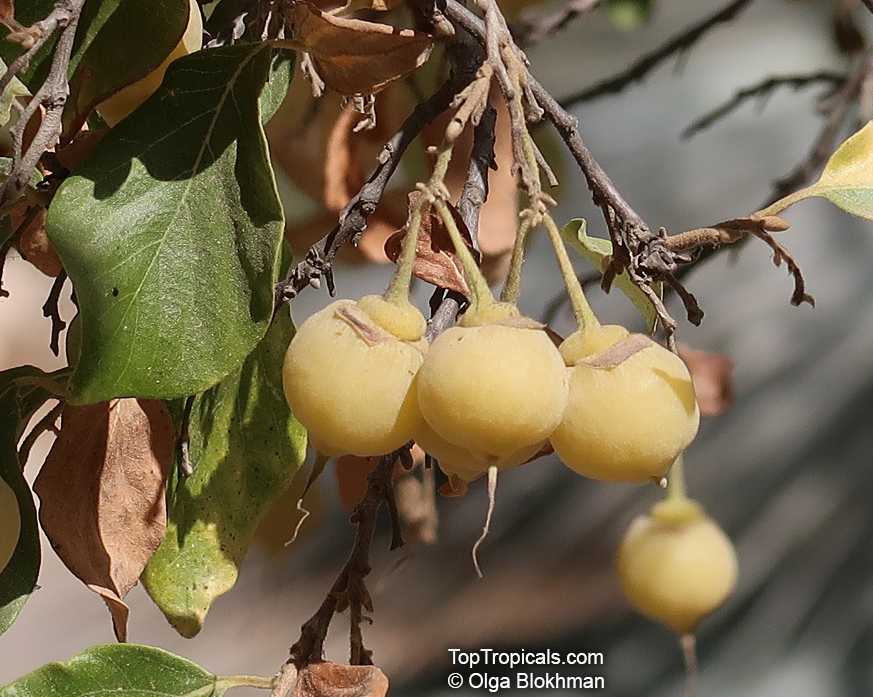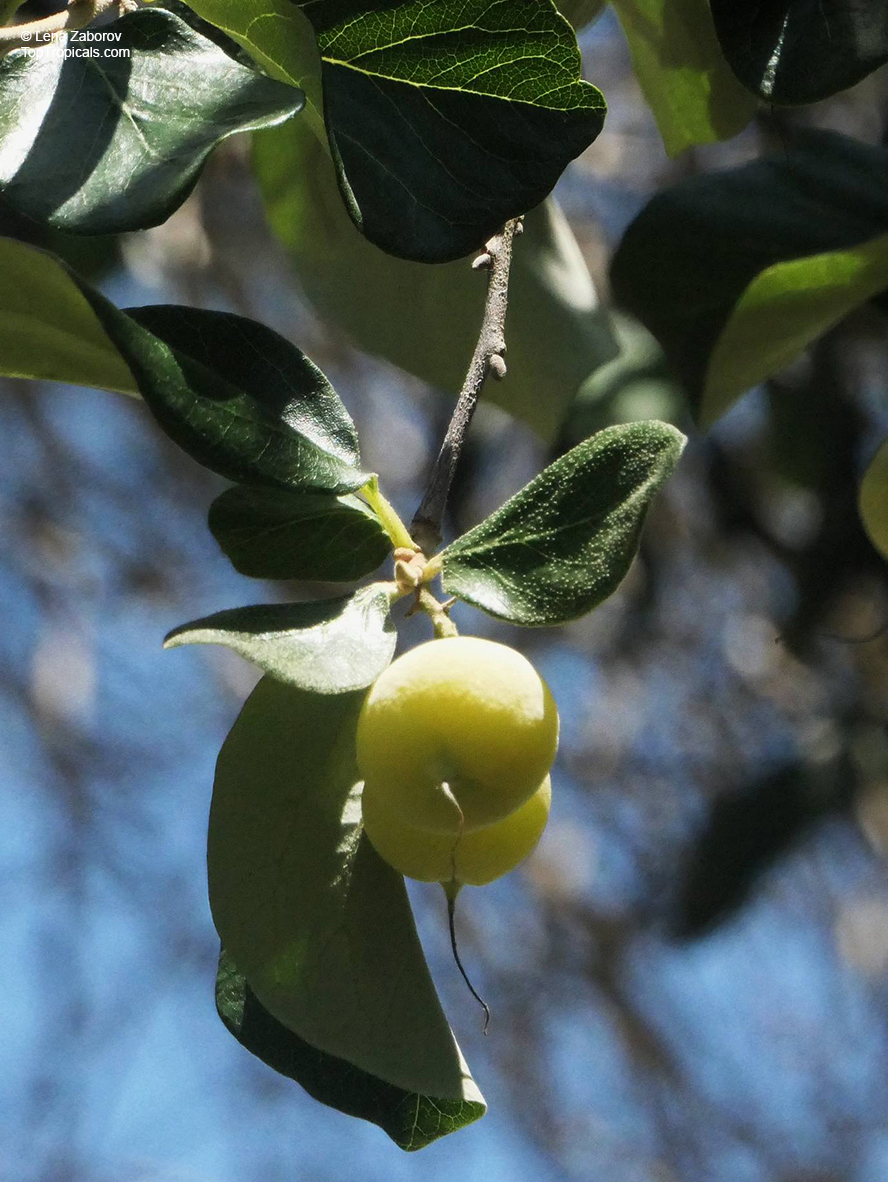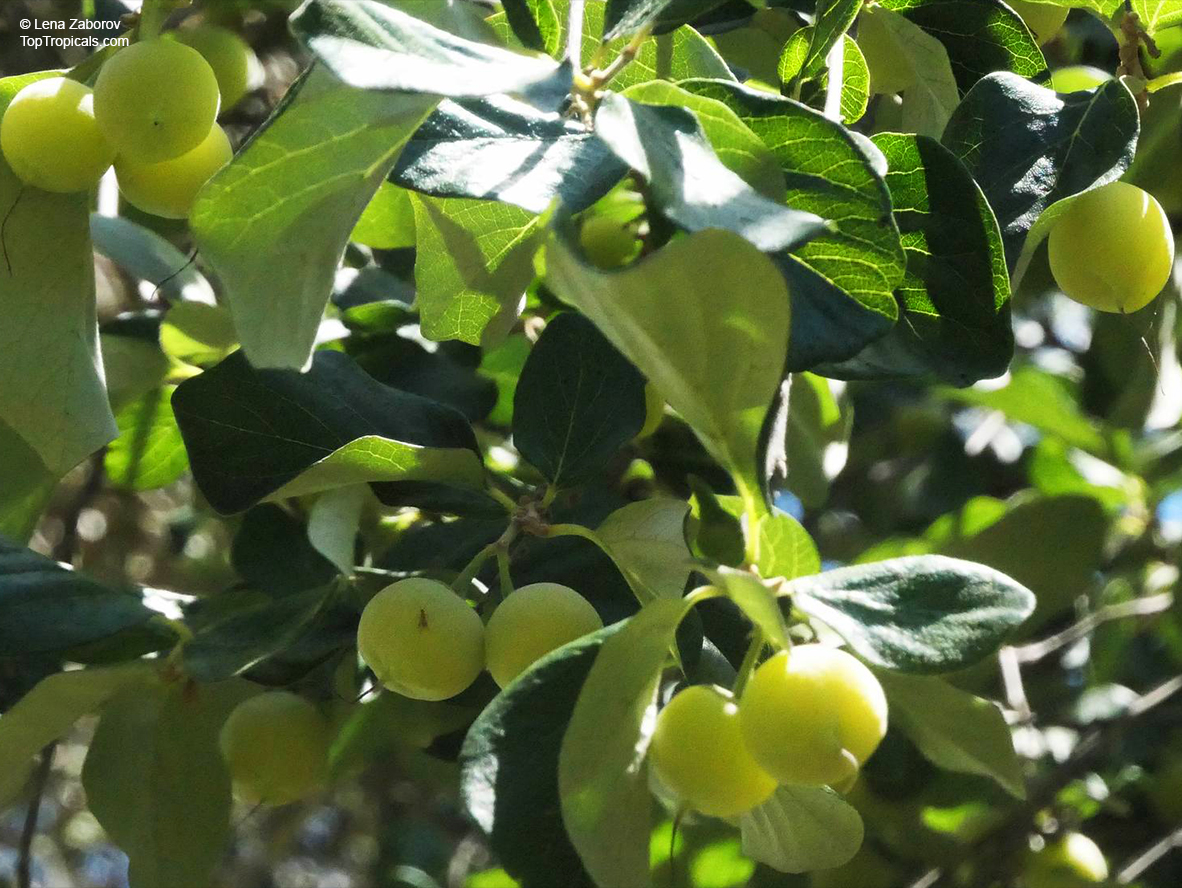Styracaceae - Botanical Family
| Number of plants found: 5 |
Botanical name: Halesia carolina
Common names: Carolina Silverbell, Snowdrop Tree
Family: Styracaceae
Origin: North America







In the wild Halesia carolina is a small tree of the forest understorey and an important nectar source for bees. The seeds are eaten by squirrels.
It has a moderate growth rate and lives about 100 years. The white bell-shaped flowers and small size make it a desirable tree for landscaping.
Prefers a moist, well-drained, acid soil.
Close related species - Sinojackia rehderiana.
Botanical name: Sinojackia rehderiana
Common name: Jacktree
Family: Styracaceae
Origin: East China









Close related species - Carolina silverbell (Halesia carolina) reaches its greatest size in the southern Appalachian Mountains where it is called mountain silverbell. This attractive shrub or small tree, also called snowdrop-tree or opossum-wood, grows in moist soils along streams in the understory of hardwood forests. It has a moderate growth rate and lives about 100 years. The white bell-shaped flowers and small size make it a desirable tree for landscaping. The seeds are eaten by squirrels and the flowers provide honey for bees.
Botanical name: Styrax japonicus
Common names: Japanese Snowbell, Ego Noki
Family: Styracaceae
Origin: Eastern Asia










Styrax japonicus is a small, graceful, deciduous tree. Flowers are white, bell-shaped with a mild fragrance, 3 to 6 flowers on a stalk. Styrax japonicus is similar to Styrax officinalis.
Botanical name: Styrax obassia
Common name: Fragrant Snowbell
Family: Styracaceae
Origin: Japan, China










Fragrant, bell-shaped, white flowers are borne on 4-inch to 8-inch long chains. Flowers dangle from rounded, dark green foliage in late spring, followed by small light brown fruits that usually drop by late fall.
Botanical name: Styrax officinalis
Common names: Drug Snowbell, Storax
Family: Styracaceae
Origin: Mediterranean










They can be grown in full sun or light shade in light, acidic soil that has been improved with loam or peat moss. They may also be increased by layering the lower branches, however, seeds are the best means of propagation. Some kinds of Styrax produce a highly fragrant, balsamic resin called Benzoin. It is used in lotions, perfumes, tooth powders and incense and as an expectorant, inhalant and an antiseptic for external use.
Use link to repeat this search:
https://toptropicals.com/cgi-bin/garden_catalog/cat.cgi?search_op=and&keyword_op=and&language=e&family=Styracaceae&number=10
&no_change_lang=1&user=tt&sale=1&first=0

